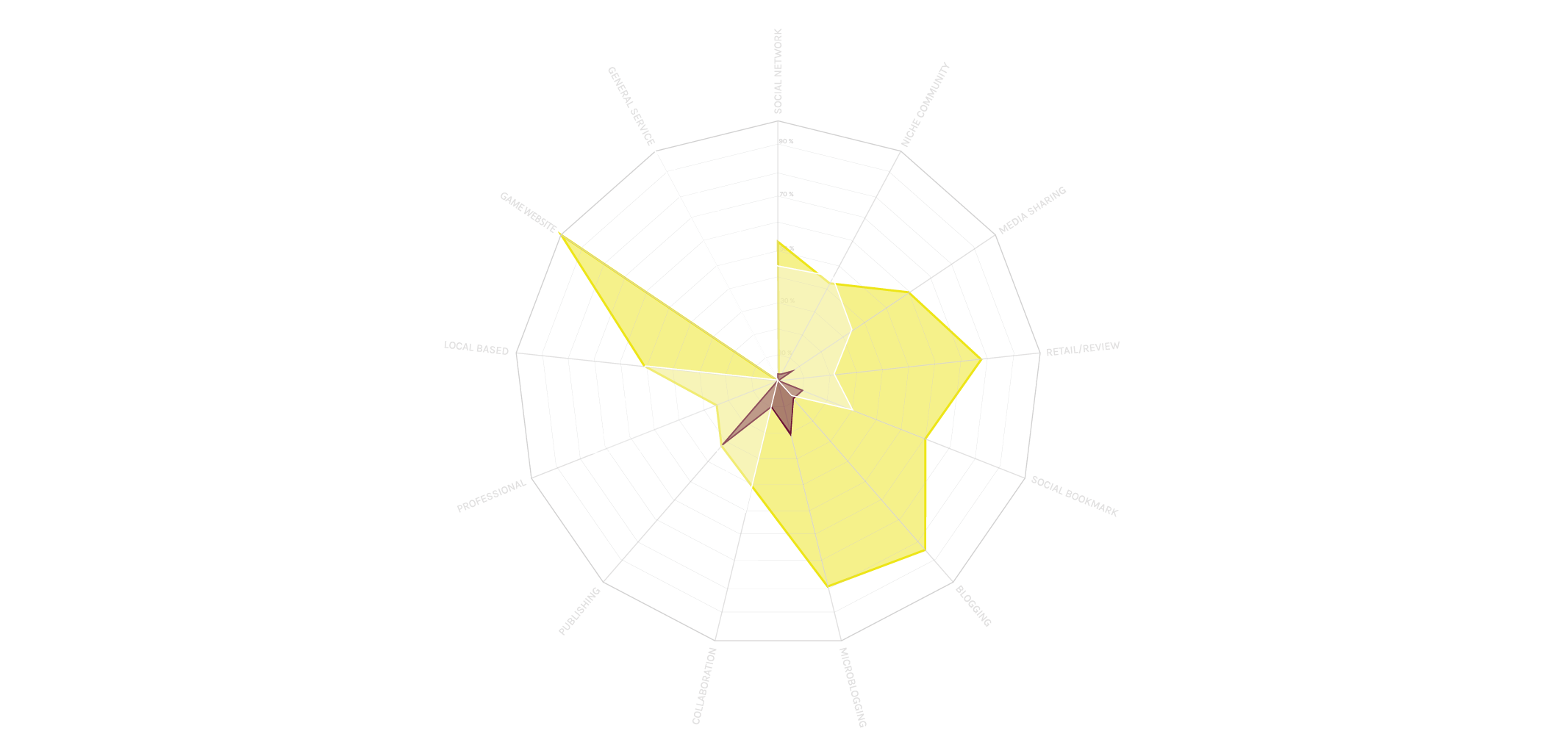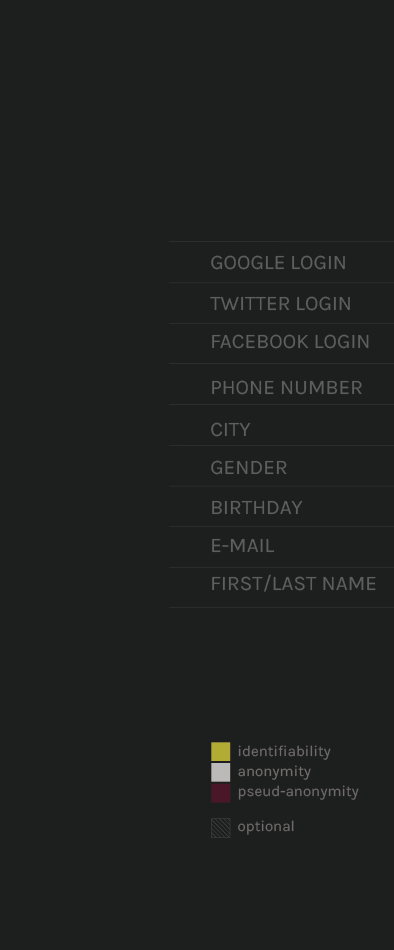Introduction
On the internet you play with your cards. You choose your cards and your games. If you want to play on Facebook you should write not only your real name on your card, but also your age, your sex, your country, your city, your studies, your lover and your friends. If you want to play as "NoName" you have to play on another board.
The idea of this protocol is to understand what, in our lives as online users, we could choose to express ourselves and meet our needs. If anonymity is allowed as an opportunity of free speech and to avoid discrimination, are the social networks allowing it too?





